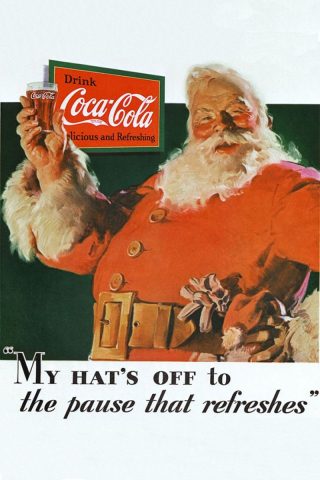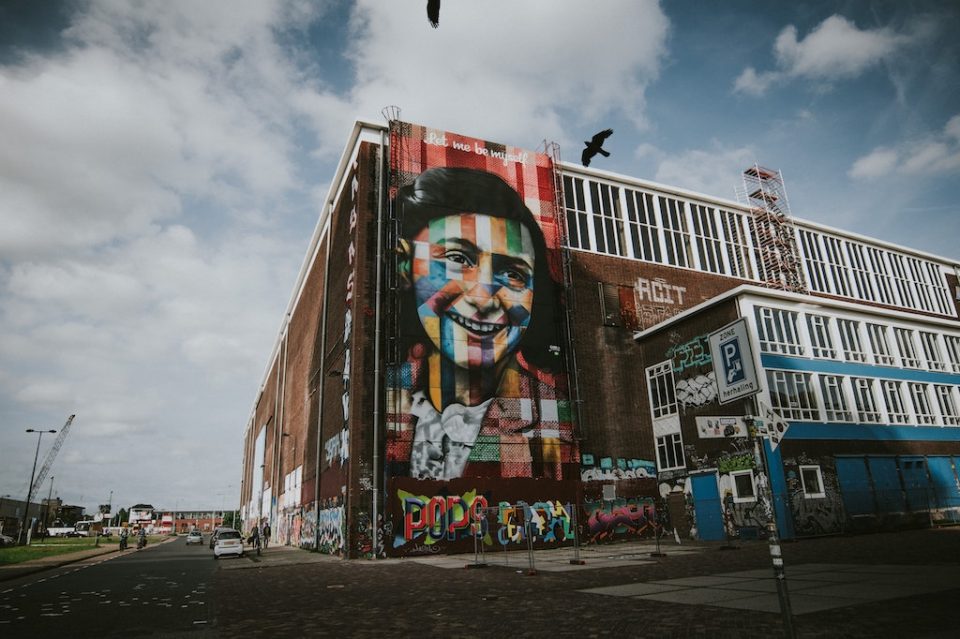Turkish delight
St Nicholas of Myra was a 4th-century Christian bishop. He preached at a church in what is today the town of Demre, near Antalya in Turkey. You can even visit St Nicholas’s sarcophagus in an ancient Byzantine Church on the outskirts of modern-day Demre. The church dates back to AD 520 and was built on the foundations of an older Christian church where Saint Nicholas served as a bishop.
Another 1.5km up the road from Demre, you can wander the same streets of ancient Myra that St Nicholas would have trod 1,700 years ago. In early Byzantine times, Myra was the capital city of Lycia and parts of it date back to the 5th century BC. The huge ancient theatre still stands against a backdrop of distinctive Lycian rock-cut tombs in the cliff above. However, you won’t see the city’s famed temple of Artemis, along with its many other temples, because these were completely destroyed as part of St. Nicholas’s efforts to stamp out paganism in the region.
The gift of giving
The legend of St Nicholas reputedly arose after St. Nicholas secretly dropped a bag of gold down a chimney into the house of a man who didn’t have enough money to offer a dowry for the hand of his daughter. The bag of gold fell into a stocking that had been hung by the fire to dry and the legend of St Nicholas was born!
After the reformation, stories about kind St Nicholas fell out of favor and he was given other names – Père Nöel in France, Father Christmas in the UK and Sinterklaas in Holland. Dutch settlers took this tradition around the world, spreading the joy of Santa Claus to the USA and beyond.
Suited and booted
Santa Claus has been depicted in many ways through the years – St Nicholas himself was said to be a tall man with a heavy jaw and a broken nose, probably with a short beard as was the fashion in 4th Century Lycia.
Many people credit the soft drinks manufacturer Coca-Cola with the depiction of Santa Claus as a fat, cheerful man with a red suit and a long white beard. And it is true that Coke did much to promote this image of Santa Claus around the world. However, it can’t claim the whole credit for our notions of the jolly red-suited gift-giver!
It is likely that, as a Bishop, St Nicholas himself would have worn red Bishop’s robes. And in Dr Clement Clarke Moore’s famous 1823 poem “A Visit from St. Nicholas” he is described as a fat, jolly man in a red coat. Moore’s rhyme about the Night before Christmas predates Coca-Cola’s depiction by more than 100 years.
Coca-Cola began using Santa to advertise its brand through the winter months when sales were flatter in the 1920s, but it wasn’t until 1931 that illustrator Haddon Sundblom painted a plump, jolly Santa in a red coat – probably inspired by Moore’s poem. So while Sundblom’s creation may have promoted this vision of Santa Claus or jolly St Nicholas around the world, it isn’t true to say that Santa’s red coat is entirely of the soft drinks manufacturer’s invention.







